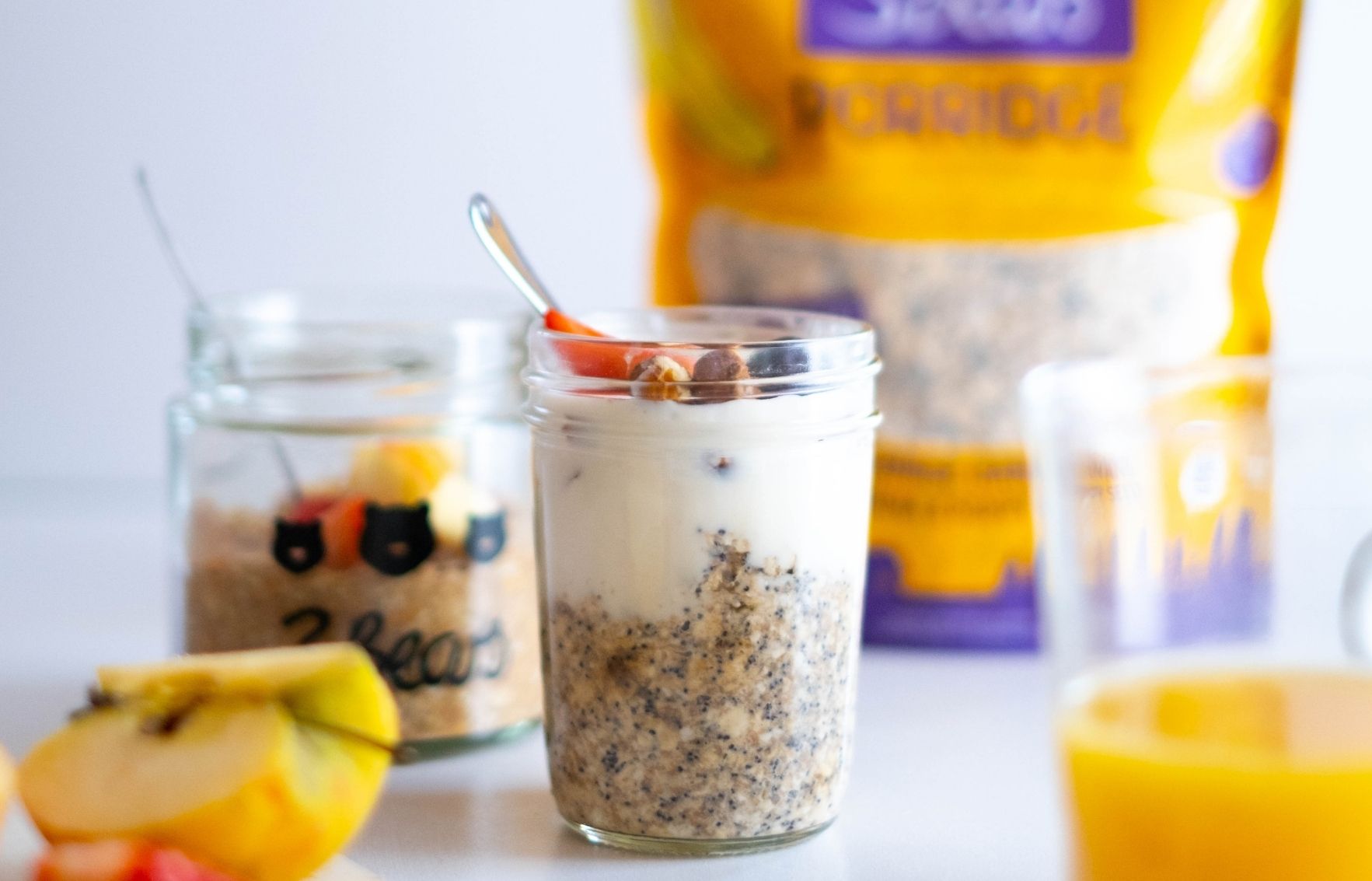While nutrients such as carbohydrates or protein are usually in the spotlight in porridge and overnight oats, the many minerals they contain often do not get the attention they deserve. We don't think that's fair at all. That's why today we're giving the stage to a mineral that is even vital for us: Dear Magnesium - the stage is yours!
What is Magnesium?
Magnesium is a micronutrient. Although it is absolutely necessary for our bodies, we only need it in small amounts. Unlike carbohydrates or proteins, which we need in larger quantities. Nevertheless, it should not be underestimated and is one of the main micronutrients - unlike zinc or iron, for example.
Magnesium is also one of the electrolytes – a group of inorganic nutrients. Inorganic? This means that our body cannot produce them itself. These types of minerals come from the earth and we get them through our food.
What does magnesium do in our body?
We should probably ask ourselves, what doesn't it do? Magnesium is a multitasking mineral and is involved in over 300 processes in our body! Don't worry, we're not praying down all 300, but we'll take a closer look at a few:
metabolism
Magnesium plays the largest role in our metabolism and the conversion of nutrients into energy. This happens by activating enzymes that help produce a compound called adenosine triphosphate (ATP). When the body breaks it down, it releases energy, which is then used by the muscles.
Muscle and nerve function
Muscle cramps during exercise? Not so nice! The reason for this is often a magnesium deficiency. If you don't consume enough of our super mineral, numbness and cramps are not uncommon.

Healthy bones
Almost 60% of the magnesium in our body is found in our bones. Research shows that adequate magnesium intake is associated with higher bone density. Magnesium and also helps regulate calcium and vitamin D levels, both of which are important for bone health.
How much magnesium do I need?
How much magnesium you need depends on various factors – age, gender and your general lifestyle. Since magnesium is an electrolyte, we may sweat it out during exercise - or say goodbye to it when we go to the toilet. That's why it's important to pay more attention to ensuring that you get enough magnesium if you lead an active lifestyle. This should not be underestimated, especially for competitive athletes. Competitive athletes need around 10% to 20% more magnesium.
What are the best sources of magnesium?
You can easily get magnesium through your diet. These foods are particularly high in magnesium:
- Berry
- nuts
- seeds
- Whole grain products (porridge!)
- Leafy vegetables
- Beans
- Fish
- Dark chocolate
- Bananas

This is how your porridge becomes a magnesium super bowl
Many of our porridge varieties have nuts, seeds and fruits that contain magnesium. For example, there is a particularly high amount of magnesium in our Wild Bowls Fine Berry Porridge . Due to the nuts and seeds in Wild Bowls Nutty Cocoa and Wild Bowls Kerniges Bircher , the two varieties are also a very good choice.
You can add even more magnesium with various toppings. For example, there is a particularly high amount of magnesium in berries and bananas. If you like nuts, you can turn your porridge bowl into a magnesium super bowl with nuts or nut butter.










Leave a comment
All comments are moderated before being published.
This site is protected by reCAPTCHA and the Google Privacy Policy and Terms of Service apply.